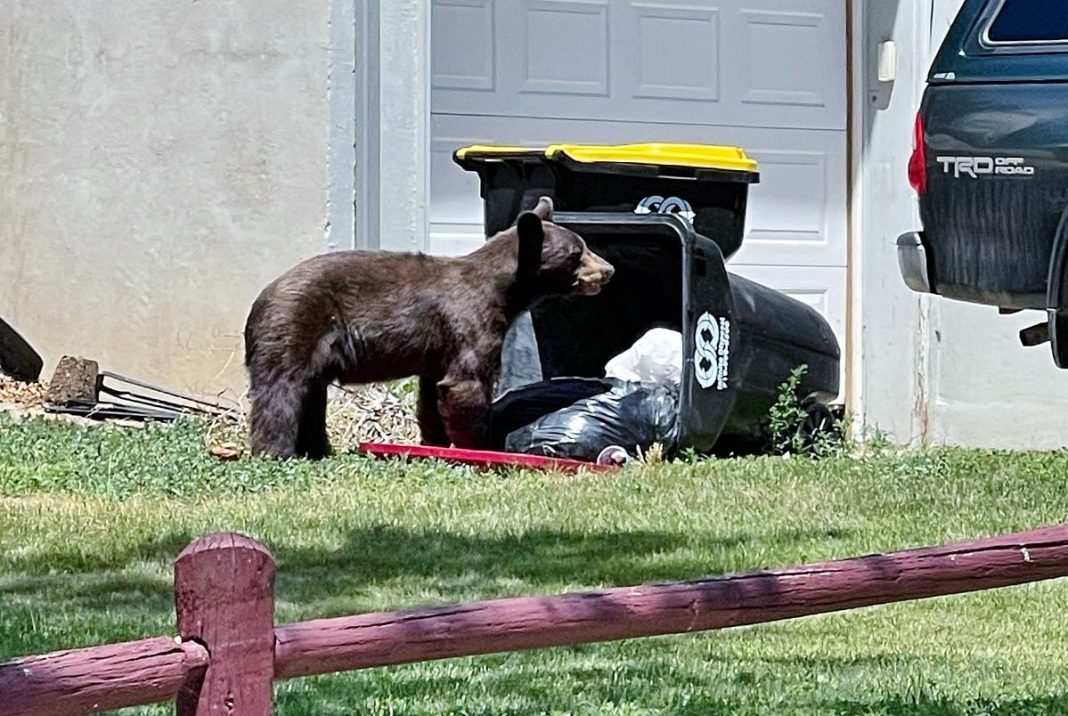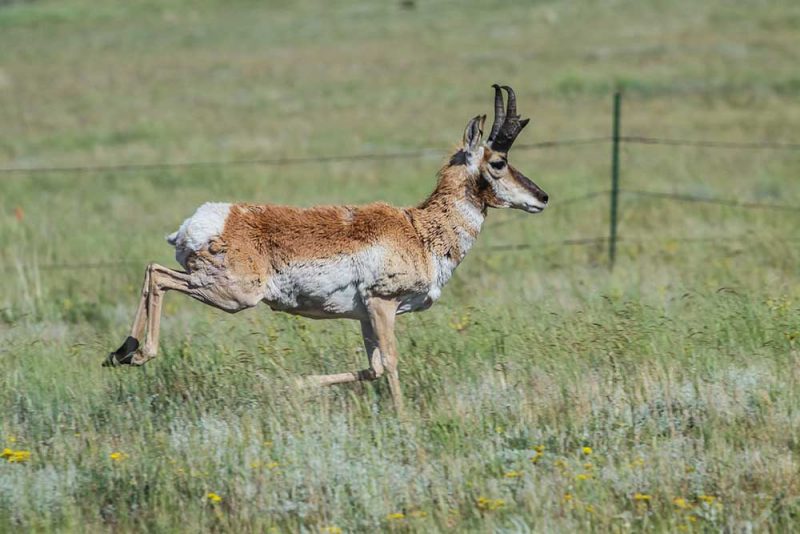The number of bear sightings and conflicts in Colorado increased by 16% in 2022. This is according to data from the Colorado Parks and Wildlife (CPW). They recorded 4,282 incidents this year. The CPW launched a bear reporting system in 2019 to track bear conflicts across the state. The data collected is used to identify sources of conflict on a localized, regional, and statewide level, and to make educated management decisions. CPW officials encourage people to report bear activity and conflicts. Likewise, the CPW provides guidance on how to bear-proof properties to reduce conflict.
The agency recorded 18,351 reports of sightings and conflicts with bears since the system was launched, and almost a third of these incidents have been linked to bears accessing trash. Drought conditions and the availability of natural food crops also influence bear activity, which varies across the state. Conflicts with bears are most common in areas where they can easily access human-originated items left unsecured. This includes birdfeeders, livestock, and open garages.
HB 21-1326, signed by Gov. Jared Polis in 2022, provides funding for the Colorado Department of Natural Resources and CPW to help reduce human-bear conflicts. The bill allocates $1m for native species conservation to be distributed to local communities. The agency works with local communities to develop strategies to secure garbage and other attractants in bear habitats. The agency encourages individuals to take responsibility for living appropriately with bears to protect them.
Bear Conflicts On The Rise?
On the eastern side of the state, conflicts were relatively low despite a spring freeze that had CPW officials worried the wild berry and nut crop might be impacted. Compared to 2020 and 2021, CPW’s Southeast Region saw an 18% decrease in bear calls while the Northeast Region saw a 6% decrease. However, the West Slope was less fortunate. The late freeze held in that side of the state. This led to food failure in most areas with natural berry and acorn crops being almost nonexistent. Compared to 2020 and 2021, CPW’s Southwest Region saw a 3% decrease in bear reports, but the Northwest Region saw an increase of 9%.
CPW data shows that only 2.3% of the reports of bear conflict have resulted in the euthanization of the bear. When CPW is made aware of bear activity, especially when conflicts first begin, wildlife officers, can educate the community, and make site visits to help secure attractants and haze bears to reinforce their natural fear of humans. In some circumstances, wildlife officers can attempt to relocate bears from conflict areas to alleviate safety concerns or before that animal’s behavior escalates to a dangerous level, which may require euthanization.
Wildlife managers estimate that Colorado has between 17,000 and 20,000 bears, and the population is stable and growing. The CPW offers a reminder that taking simple precautions can help to keep bears wild and avoid human/wildlife conflicts. It advises people to keep garbage in a well-secured location, only put out garbage on the morning of pickup, clean garbage cans regularly to keep them free of food odors, and keep garage doors closed. It also warns against leaving pet food or stock feed outside.
You can read more by clicking here. Likewise, you can check out more Colorado hunting news by clicking here.















